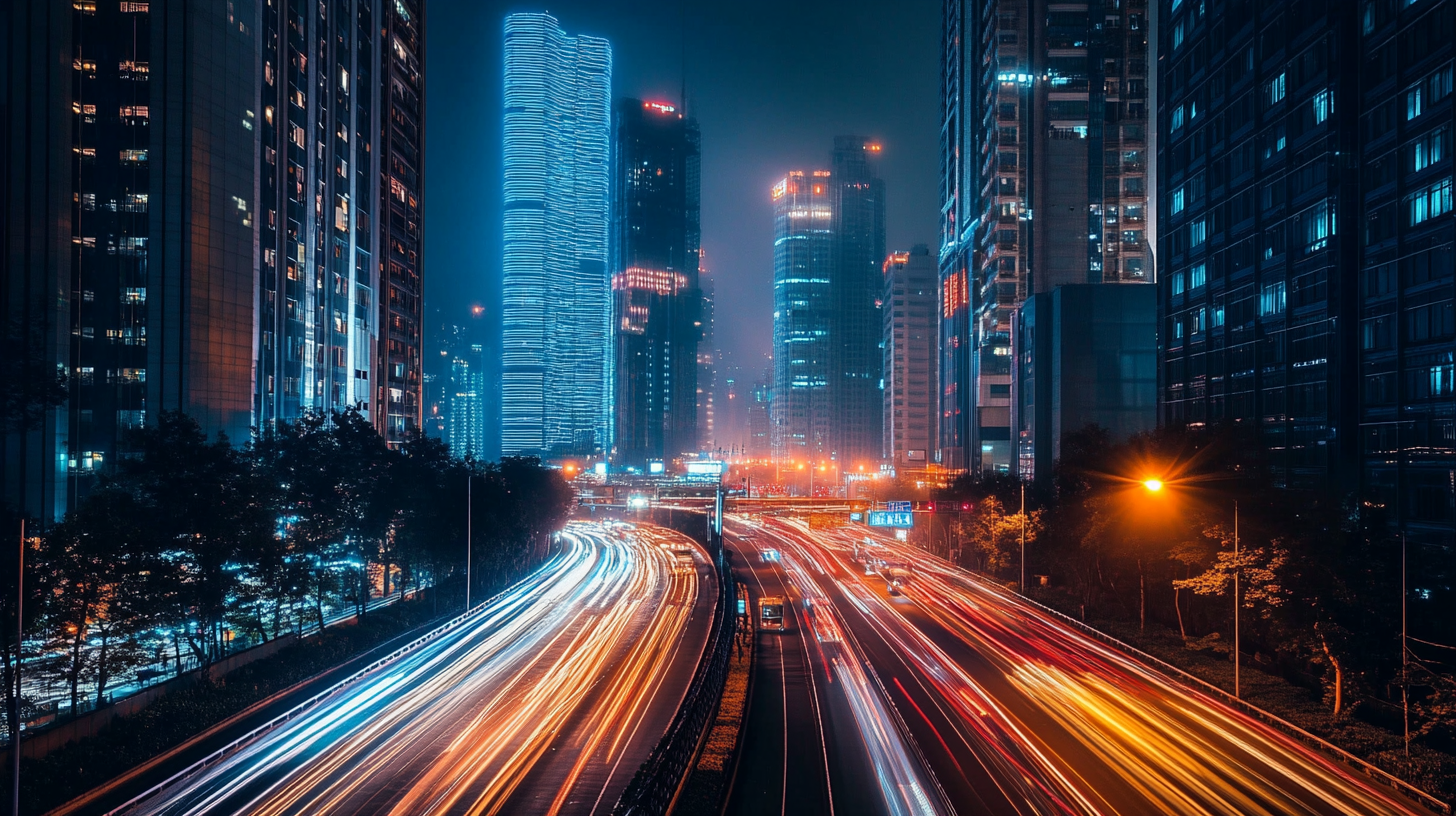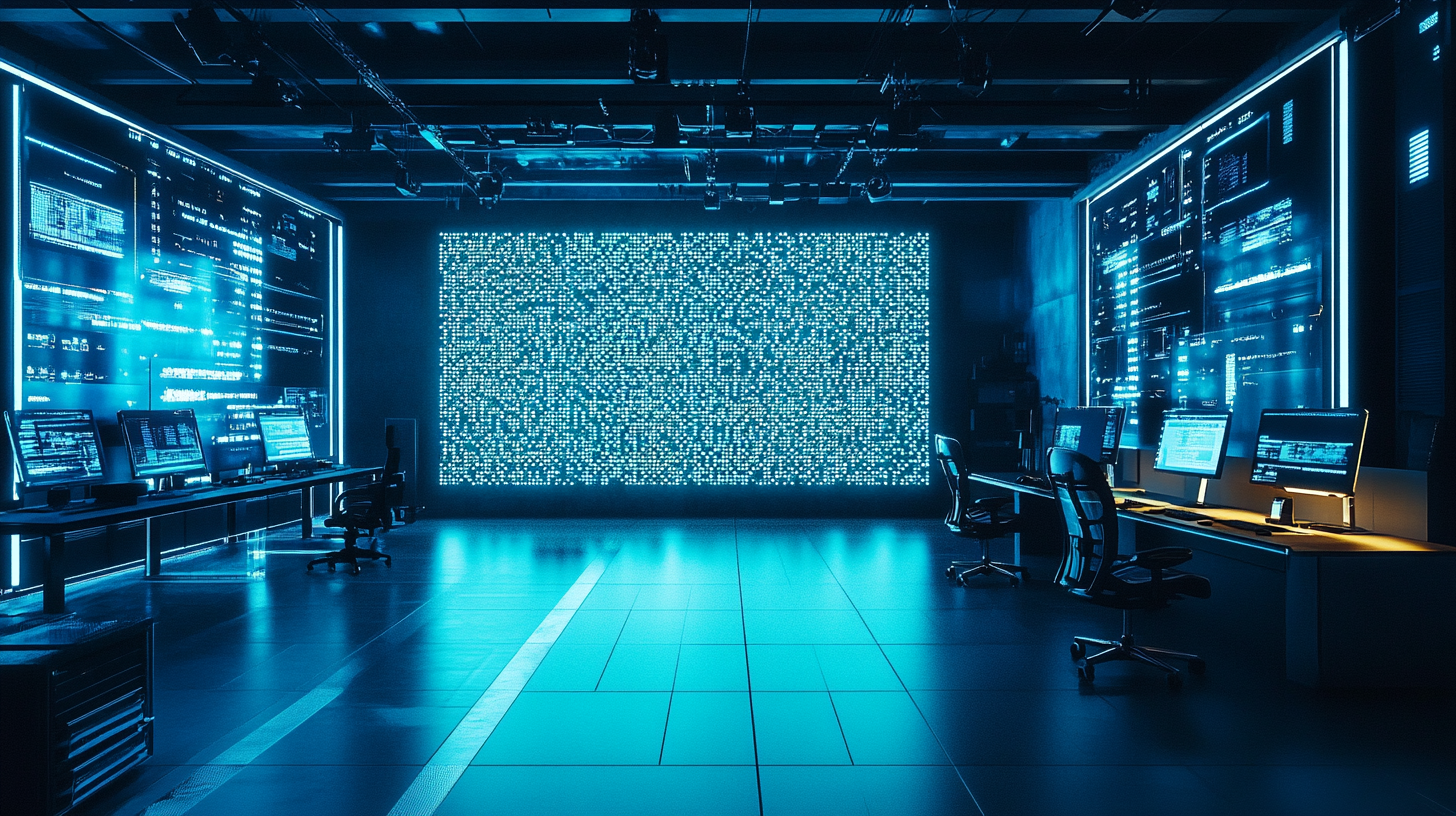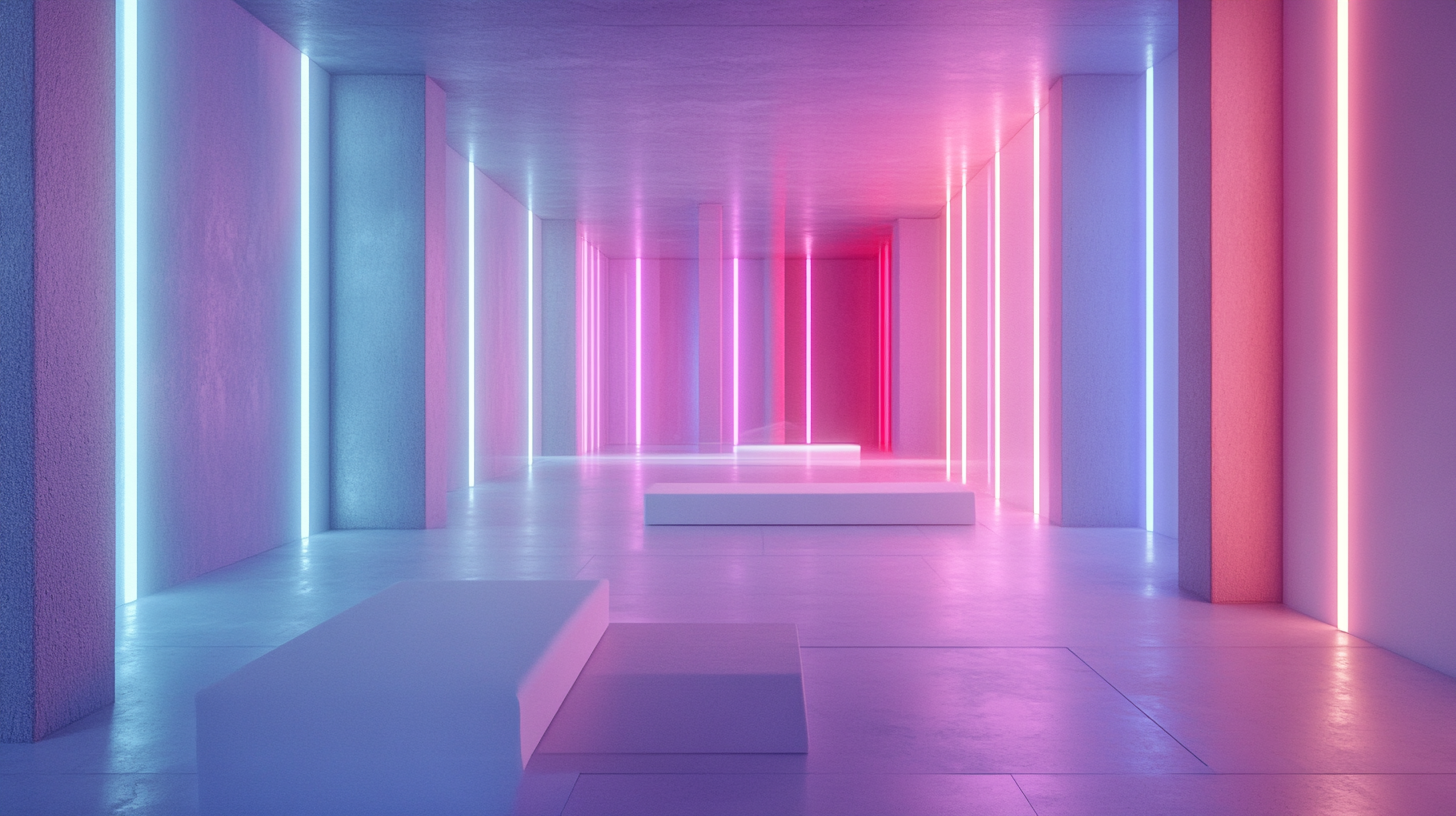Advantages of Choosing Led Lamps for Your Lighting Solutions
In recent years, the demand for energy-efficient lighting solutions has significantly increased as people become more conscious of their environmental impact and rising energy costs. One of the standout options in this landscape is the use of LED lamps. These innovative lighting solutions not only provide exceptional brightness and color quality but also promote sustainability by consuming considerably less energy compared to traditional incandescent bulbs. As technology continues to advance, LED lamps have become increasingly accessible, making them a smart choice for both residential and commercial spaces.
Furthermore, the advantages of choosing LED lamps extend beyond energy savings; they also offer a longer lifespan, reduced maintenance costs, and enhanced versatility in design and application. With an array of styles and functionalities available, LED lamps can suit any aesthetic preference while fulfilling various lighting needs. This blog will delve into the many benefits of LED lamps and why they stand out as the ideal solution for modern lighting requirements, ensuring that both your space and the environment benefit from their use.

Benefits of Energy Efficiency in LED Lighting
When it comes to modern lighting solutions, LED lamps stand out for their remarkable energy efficiency. Unlike traditional incandescent or fluorescent bulbs, LED lights convert a higher percentage of energy into usable light, wasting minimal energy in the form of heat. This efficiency not only helps in reducing electricity bills, but it also contributes to a noticeable decrease in overall energy consumption. As more households and businesses make the switch to LED lighting, the collective impact on energy savings can be substantial. Moreover, the longevity of LED lamps further enhances their value in energy efficiency. With an average lifespan of 25,000 hours or more, LEDs can last significantly longer than their traditional counterparts. This means fewer replacements and less waste, contributing to a more sustainable approach to lighting. The reduced frequency of bulb replacements also lowers the environmental impact associated with production and disposal. By choosing LED lighting, consumers are not just opting for a practical solution but also making a conscious choice for a greener planet. In addition to financial benefits, the energy efficiency of LED lights promotes a healthier living environment. LEDs emit less heat, reducing the burden on air conditioning systems during hot months. This not only helps to improve indoor comfort but also leads to further energy savings. By embracing LED technology, individuals and businesses are taking a crucial step towards both economic and ecological progress.

Longer Lifespan: How LED Lamps Outlast Traditional Bulbs
Choosing LED lamps for your lighting solutions presents numerous advantages, particularly in terms of longevity. One of the most compelling features of LED technology is its significantly longer lifespan compared to traditional incandescent or fluorescent bulbs. According to the U.S. Department of Energy, LED lamps can last up to 25,000 hours or more, which is about 25 times longer than incandescent bulbs that typically last around 1,000 hours. This extended lifespan not only reduces the frequency of replacements but also minimizes waste, making LEDs a more environmentally friendly option.
Moreover, the longevity of LED lamps translates into cost savings over time. A study by the Lighting Research Center showed that switching to LED lighting can lead to a potential reduction in replacement costs by up to 80%. Maintaining consistent lighting without the hassle of frequent replacements is especially beneficial for commercial spaces, which often require extensive lighting solutions. The durability of LED lights also means they are more resistant to breakage and damage, further enhancing their value and reliability in various settings.
Additionally, the performance of LED technology does not diminish significantly over time. Unlike traditional bulbs that gradually lose brightness, LEDs maintain their luminous efficacy throughout their lifespan, ensuring steady illumination. This consistent performance is critical in environments where lighting quality is paramount, such as in retail spaces or art galleries. By choosing LED lamps, users not only enjoy long-lasting light but also maintain an aesthetically pleasing and functional ambience.

Cost Savings: A Financial Perspective on LED Utilization
When considering lighting solutions, the financial benefits of utilizing LED lamps are hard to ignore. One of the most significant advantages is their energy efficiency. LED lights consume considerably less electricity compared to traditional incandescent or fluorescent bulbs. This reduced energy consumption translates directly into lower utility bills, making the initial investment in LED technology a financially sound decision in the long run.
Additionally, LED lamps have a much longer lifespan than conventional lighting options. On average, an LED bulb can last up to 25,000 hours or more, whereas traditional bulbs might only last around 1,000 hours. This longevity means that consumers spend less money on frequent replacements and maintenance, further enhancing their cost savings. By opting for LED lighting, businesses and homeowners can significantly reduce their overall lighting expenses over time.
Moreover, many governments and organizations offer incentives and rebates for switching to energy-efficient lighting, which can alleviate the upfront costs associated with purchasing LED fixtures. These financial benefits, combined with their durability and efficiency, make LED lamps an attractive option for anyone looking to enhance their lighting solutions while keeping an eye on their budget.

Environmental Impact: Why LED Lights are Eco-Friendly
When considering lighting solutions, the environmental impact of our choices plays a crucial role in promoting a sustainable future. LED lights stand out as one of the most eco-friendly options available today. One of the primary advantages of LED technology is its energy efficiency; LED lamps use significantly less electricity compared to traditional incandescent or fluorescent bulbs. This reduction in energy consumption results in lower greenhouse gas emissions, contributing to a healthier planet. By choosing LED lighting, consumers are not only reducing their energy bills but also minimizing their carbon footprint.
Moreover, LED lights have a longer lifespan, often lasting up to 25,000 hours or more. This durability translates into less frequent replacements, which ultimately reduces waste. Traditional lights often end up in landfills after a short lifespan, releasing harmful materials into the environment. In contrast, LED technology is solid-state, meaning it is more resilient and preferable in terms of waste management. Additionally, many LED products are now designed with recyclable materials, further lessening their environmental impact.
Another significant aspect of LED lighting is its versatility in design and application. With the ability to produce various colors and styles, LED lights can be used in numerous settings—from residential to commercial—without compromising on aesthetics or functionality. This adaptability means that more people are likely to adopt LED technology, amplifying its positive effect on the environment. By transitioning to LED lights, we not only embrace an innovative lighting solution but also take meaningful steps towards environmental conservation.
Versatility of LED Lighting in Various Settings and Applications
LED lighting has gained prominence across various settings due to its remarkable versatility and efficiency. One of the key strengths of LED lamps is their adaptability to diverse environments, ranging from residential homes to commercial spaces and industrial applications. According to the U.S. Department of Energy, LED lighting can last up to 25 times longer than traditional incandescent bulbs, providing significant long-term benefits in terms of maintenance and replacement costs.
In residential applications, LED fixtures can seamlessly integrate into architectural designs. Whether used in kitchen lighting, living room accents, or outdoor spaces, the wide range of color temperatures and brightness levels available makes it easy to create the desired ambiance. A report by MarketsandMarkets projects that the residential LED lighting market will reach USD 45.1 billion by 2025, illustrating the growing acceptance and demand for this technology in everyday homes.
Commercially, LED lighting proves essential for enhancing productivity and wellbeing in workspaces. Studies show that well-lit environments can increase employee productivity by up to 20%. Furthermore, with an estimated 70% of energy consumption from lighting in retail environments, switching to LED solutions can drastically reduce operational expenses while improving product visibility. According to Grand View Research, the commercial LED market is expected to surpass USD 100 billion by 2027, indicating a strong shift towards energy-efficient lighting technologies.
In industrial settings, the robustness and durability of LED lamps make them ideal for harsh conditions. With an operating temperature range from -40°C to 60°C, LEDs can withstand extreme environments, making them suitable for warehouses, factories, and outdoor facilities. The flexibility to use LEDs in various applications—such as high-bay lighting, task lights, and even in safety signage—demonstrates their adaptability and effectiveness, encouraging more industries to transition to LED solutions for their lighting needs.

